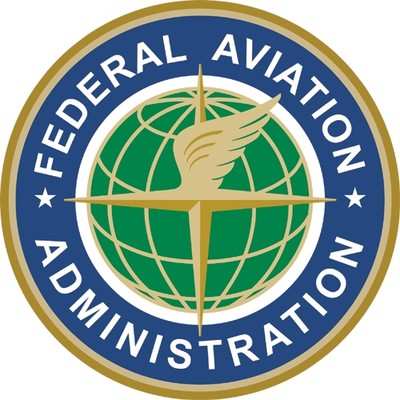Tue, Nov 19, 2013
Claims BMI Is An Indicator Of Obstructive Sleep Apnea, A Disqualifying Condition
Sometimes it seems like somebody at the FAA lays awake at night coming up with ways to make it more difficult for those who might want to fly to obtain a pilot certificate. It looks like the latest effort will come from a medical angle. The FAA is preparing new guidelines for its medical examiners that could disqualify many pilots because of their Body Mass Index (BMI). The move could impact a significant number of Private Pilot certificate holders.

According to an editorial posted in the Federal Air Surgeon's Medical Bulletin, AMEs will be required to calculate the BMI for every examinee (both airman and ATCS) by using a formula that is located in the examination techniques section of the AME Guide and to record the results. Airman applicants with a BMI of 40 or more will have to be evaluated by a physician who is a board certified sleep specialist, and anyone who is diagnosed with Obstructive Sleep Apnea (OSA) will have to be treated before they can be medically certificated.
Translated into English, that means that if you have a BMI over 40, you'll have to go through a sleep study at your expense. If you are diagnosed with OSA, you'll have to go through treatment. OSA also becomes a pre-existing condition that can affect your ability to get health insurance.
According to the editorial, "OSA is almost universal in obese individuals who have a Body Mass Index (BMI) over 40 and a neck circumference of 17 inches or more, but up to 30% of individuals with a BMI less than 30 have OSA. OSA inhibits restorative sleep, and it has significant safety implications because it can cause excessive daytime sleepiness, cognitive impairment, cardiac dysrhythmias, sudden cardiac death, personality disturbances, and hypertension, to cite just a few. Untreated OSA is a disqualifying condition for airmen and air traffic control specialists (ATCSs), and it is a concern for the other modes of the Department of Transportation. It has also been a hot issue at the National Transportation Safety Board for several years."
The agency also plans to implement the same assessment and treatment protocol for Air Traffic Control Specialists, but still has to finalize some logistical details before proceeding.
More News
“While legendary World War II aircraft such as the Corsair and P-51 Mustang still were widely flown at the start of the Korean War in 1950, a new age of jets rapidly came to >[...]
Decision Altitude (DA) A specified altitude (mean sea level (MSL)) on an instrument approach procedure (ILS, GLS, vertically guided RNAV) at which the pilot must decide whether to >[...]
Aero Linx: National Aviation Safety Foundation (NASF) The National Aviation Safety Foundation is a support group whose objective is to enhance aviation safety through educational p>[...]
Also: Cal Poly Aviation Club, $$un Country, Arkansas Aviation Academy, Teamsters Local 2118 In response to two recent general aviation accidents that made national headlines, more >[...]
“The FAA is tasked with ensuring our skies are safe, and they do a great job at it, but there is something about the system that is holding up the medical process. Obviously,>[...]
 Aero-News: Quote of the Day (04.28.25)
Aero-News: Quote of the Day (04.28.25) ANN's Daily Aero-Term (04.28.25): Decision Altitude (DA)
ANN's Daily Aero-Term (04.28.25): Decision Altitude (DA) ANN's Daily Aero-Linx (04.28.25)
ANN's Daily Aero-Linx (04.28.25) Airborne-Flight Training 04.24.25: GA Refocused, Seminole/Epic, WestJet v TFWP
Airborne-Flight Training 04.24.25: GA Refocused, Seminole/Epic, WestJet v TFWP Aero-News: Quote of the Day (04.29.25)
Aero-News: Quote of the Day (04.29.25)



